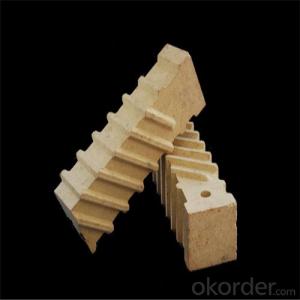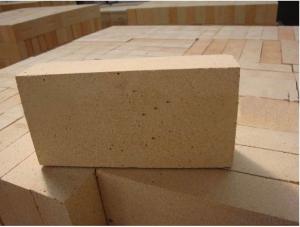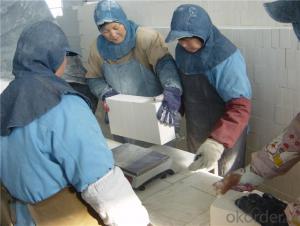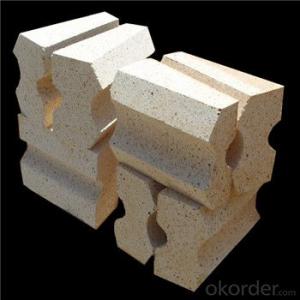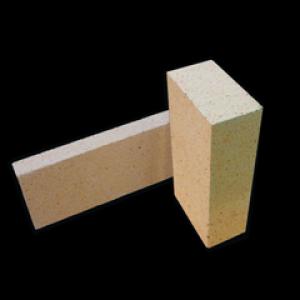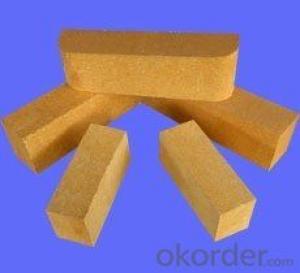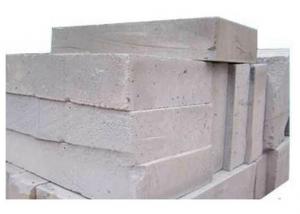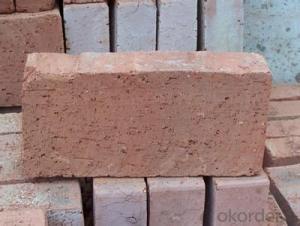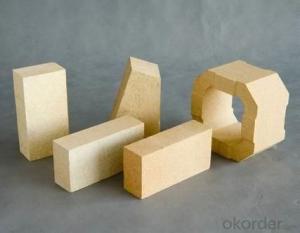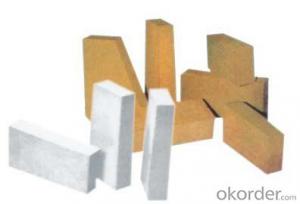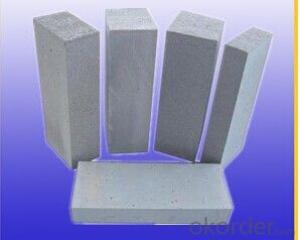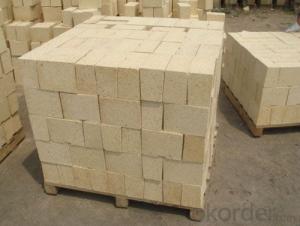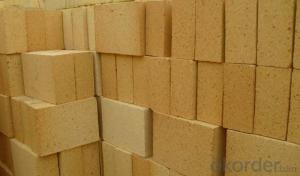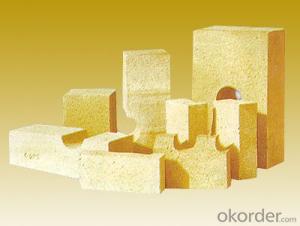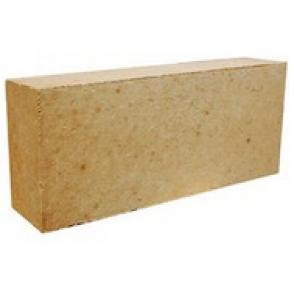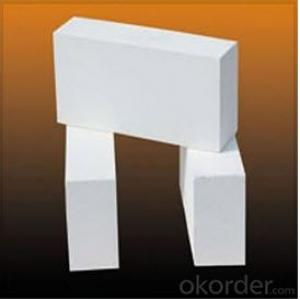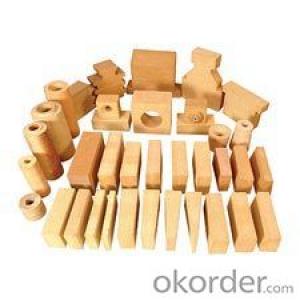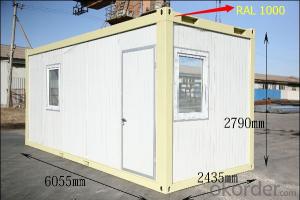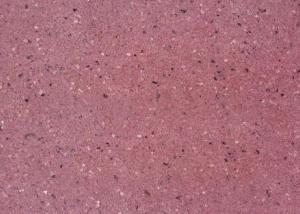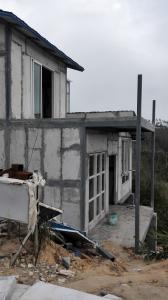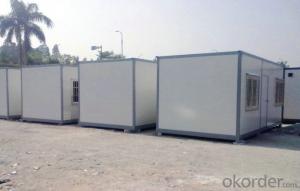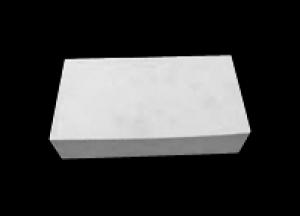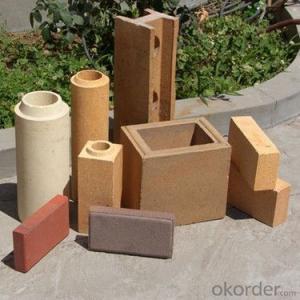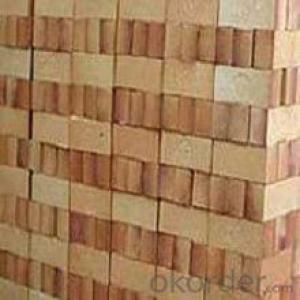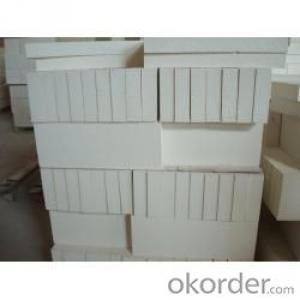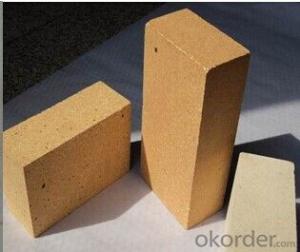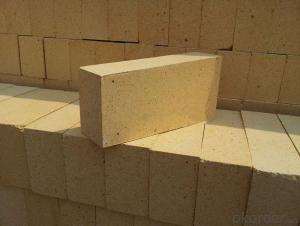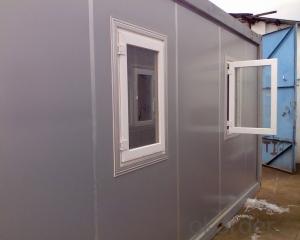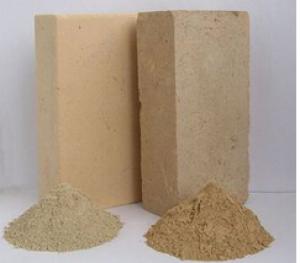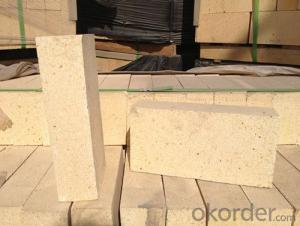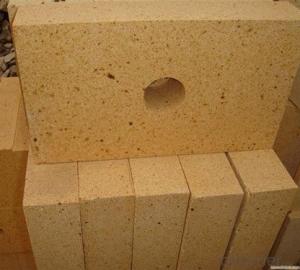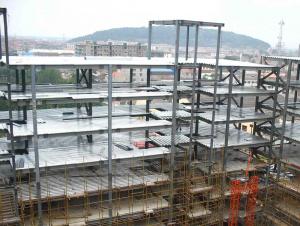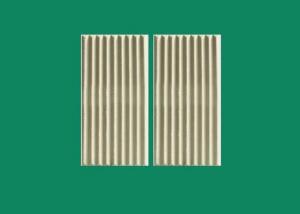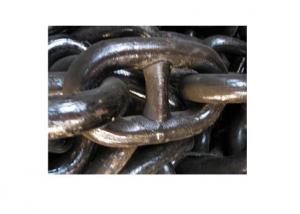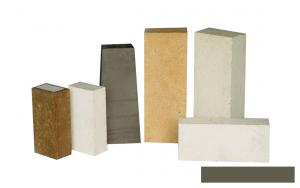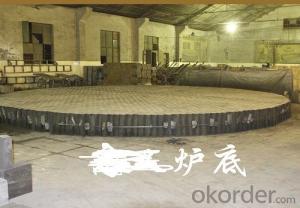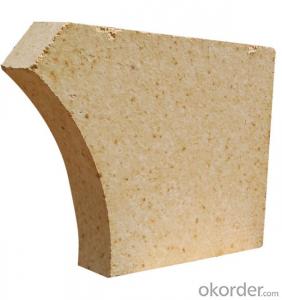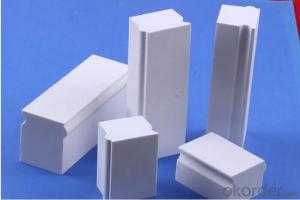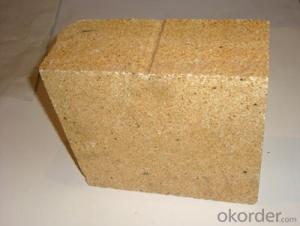Low Weight Bricks
Low Weight Bricks Related Searches
Lightweight Safety Shoes Small Moving Trucks Flat Pack Log Cabin Homes Raw Construction Materials Light Steel Villa Rockfall Barriers Small Moving Truck Tumbled Stones Synthetic Building Materials Stone And Brick Masonry Construction Props Steel Grinding Bits Contemporary Container Homes Rustic Building Materials Van Storage Bins Container Construction Homes Overstock Building Materials Small Log Loader Prefabricated Housing Modules Single Span Bridge Commercial Van Roof Racks Masonry Brick Wall Containment Liners Steel Metal Homes Linear Shrinkage Steel Modular Homes Portable Belt Conveyors Premium Natural Stones Steel Building Homes Pre Drilled Flat BarLow Weight Bricks Supplier & Manufacturer from China
Low Weight Bricks are a type of construction material designed to provide excellent thermal insulation and reduced weight, making them ideal for various building applications. These bricks are crafted from lightweight aggregates and are specifically engineered to offer a balance between strength and reduced density. They are widely used in both residential and commercial construction projects, particularly in areas where thermal efficiency and weight reduction are of paramount importance. Low weight bricks are particularly suitable for wall construction, partitioning, and insulation purposes, providing a sustainable and eco-friendly solution for modern architecture.In various construction scenarios, Low Weight Bricks offer numerous advantages, such as reduced material transportation costs, ease of handling, and improved energy efficiency. They are also known for their excellent acoustic properties, making them a popular choice for noise reduction in buildings. Okorder.com is a leading wholesale supplier of Low Weight Bricks, boasting a vast inventory that caters to the diverse needs of contractors, architects, and homeowners. With a commitment to quality and customer satisfaction, Okorder.com ensures that their Low Weight Bricks meet the highest industry standards, providing a reliable and cost-effective solution for a wide range of construction projects.
Hot Products
